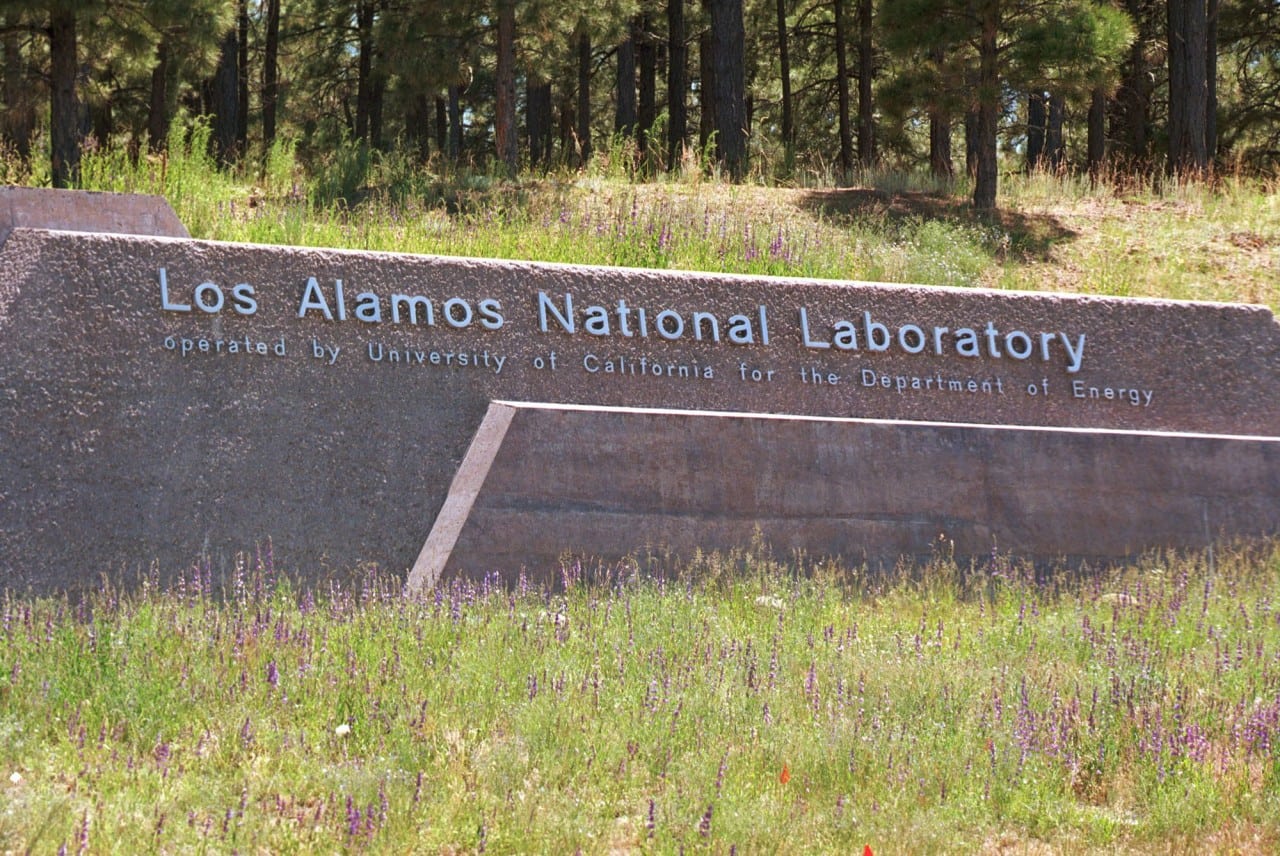
Democrats on the House Armed Services Strategic Forces Subcommittee on Tuesday used their majority on the panel to kill a GOP amendment that would have kept the Department of Energy’s plan to produce plutonium pits in South Carolina off the chopping block.
Subcommittee Democrats, led by Rep. James Cooper (Tenn.), quashed the amendment from Rep. Liz Cheney (R-Wyo.) 10-8 during a markup of the panel’s portion of the 2020 National Defense Authorization Act (NDAA), the annual policy bill that sets spending limits for defense programs including the DOE’s National Nuclear Security Administration (NNSA).
The amendment also would have reversed the majority’s decision to defund the tail-end of the W76-2 program, which this year is producing low-yield variants of the W76-1 submarine-launched, ballistic-missile warhead carried aboard Ohio-class ballistic missile submarines.
The Trump administration called for the low-yield weapon in its 2018 Nuclear Posture Review. The GOP-controlled 115th Congress authorized and funded the warhead to the tune of $65 million in fiscal year 2019, which ends Sept. 30, over the objections of their Democratic colleagues.
The administration asked $10 million to finish the W76-2 program in 2020 — NNSA expects to deliver the first of these low-yield warheads to the Navy by Sept. 30 — but Democrat-led House appropriators and authorizers have been unwilling to provide that sum.
While in the minority last year, House Democrats tried to kill the W76-2 with an amendment proposed during the full House Armed Services Committee markup of the 2019 NDAA. That amendment failed on a neat party-line vote, just like Cheney’s amendment did Tuesday in the strategic forces subcommittee.
In perhaps the most significant stroke for NNSA, the subcommittee’s NDAA language would, if signed into law, “repeal the requirement for the Secretary of Energy to demonstrate the capability to produce war reserve plutonium pits at a rate sufficient to produce 80 pits per year by 2027.”
Plutonium pits are the fissile cores of nuclear weapons.
Current law requires NNSA to demonstrate by 2027 that it could produce up to 80 war-usable pits a year. The agency does not plan to maintain that level of throughput until 2030, however. The Donald Trump administration’s 2018 Nuclear Posture Review called on NNSA to produce no fewer than 80 pits a year by 2030.
The House panel’s pit proposal is part of a broader effort by House Democrats to slow deployment of next-generation, silo-based intercontinental ballistic missiles called Ground Based Strategic Deterrent. The 80 pits a year NNSA plans to produce by 2030 and beyond are all for the W87-1-style warheads that will tip Ground Based Strategic Deterrent missiles.
Some House Democrats argue the U.S. can do with fewer intercontinental ballistic missiles. Advocates for the fleet say such missiles protect the U.S. by forcing Russia to keep its own intercontinental ballistic missiles trained squarely on U.S. silos, rather than softer targets.
Cooper, the chair of the House Armed Services Strategic Forces Subcommittee, framed his bill as “strongly for pit production,” provided the production is done “economically and efficiently, and at one location.”
The House subcommittee proposal, if passed by the full House, sets up a showdown with the GOP-controlled Senate. On May 23, the upper chamber’s Armed Services Committee approved its version of the 2020 NDAA, which authorized NNSA to continue with plans to make at least 80 pits a year by 2030.
NNSA plans to make pits using both an upgraded pit plant at the Los Alamos National Laboratory and a proposed facility at the Savannah River Site in Aiken, S.C.
The Senate’s bill authorizes NNSA to build both plants, but the House panel’s bill directs the agency, if necessary, to slow-roll the proposed Savannah River Plutonium Processing Facility — which NNSA says could cast 50 pits a year by 2030 — and focus on producing 30 pits a year by 2026 at the Los Alamos National Laboratory.
Like a 2020 DOE spending bill approved in May by the House Appropriations Committee, the strategic forces subcommittee’s 2020 NDAA does not forbid construction of a South Carolina pit plant.
But Cooper, citing a 2018 engineering analysis done for NNSA by Parsons Government Services, said it could be prohibitively expensive to proceed with the South Carolina facility. The Parsons analysis found a two-state pit strategy could cost about $30 billion to complete over several decades, compared with about $15 billion to keep production at Los Alamos.
In a congressionally mandated report that was partially released in May, the government-funded Institute for Defense Analyses said the two-state pit complex was no better or worse than a single-state pit plan. The House subcommittee seized on that finding to justify nudging the NNSA back toward casting pits only at Los Alamos.
NNSA and the Pentagon have said they need a pair of pit plants in case something goes wrong with one facility. Los Alamos’ planned pit plant would be fitted to a facility that is decades old in some places, and which could only ramp up to 80 pits a year if it gave shorter shrift to other plutonium missions at the lab, such as plutonium 238 activities.
That isotope is used to power military and civilian space robots. NNSA also uses Plutonium 238 to prematurely age existing pit designs to see how the weapon cores degrade over time.